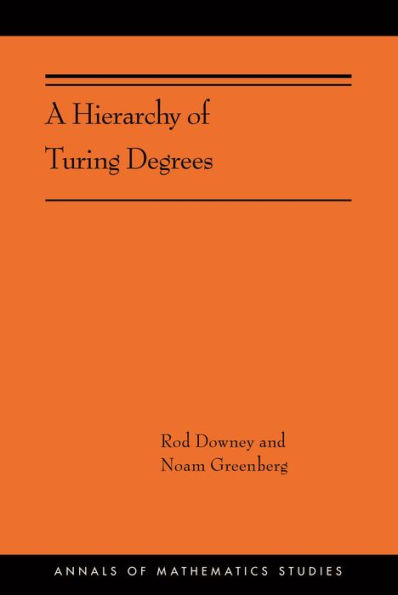5
1
9780691199658



A Hierarchy of Turing Degrees: A Transfinite Hierarchy of Lowness Notions in the Computably Enumerable Degrees, Unifying Classes, and Natural Definability (AMS-206) available in Hardcover, Paperback, eBook

A Hierarchy of Turing Degrees: A Transfinite Hierarchy of Lowness Notions in the Computably Enumerable Degrees, Unifying Classes, and Natural Definability (AMS-206)
- ISBN-10:
- 0691199655
- ISBN-13:
- 9780691199658
- Pub. Date:
- 06/16/2020
- Publisher:
- Princeton University Press
- ISBN-10:
- 0691199655
- ISBN-13:
- 9780691199658
- Pub. Date:
- 06/16/2020
- Publisher:
- Princeton University Press

A Hierarchy of Turing Degrees: A Transfinite Hierarchy of Lowness Notions in the Computably Enumerable Degrees, Unifying Classes, and Natural Definability (AMS-206)
$193.0
Current price is , Original price is $193.0. You
193.0
In Stock

Product Details
| ISBN-13: | 9780691199658 |
|---|---|
| Publisher: | Princeton University Press |
| Publication date: | 06/16/2020 |
| Series: | Annals of Mathematics Studies , #206 |
| Pages: | 240 |
| Product dimensions: | 6.12(w) x 9.25(h) x (d) |
About the Author
From the B&N Reads Blog
